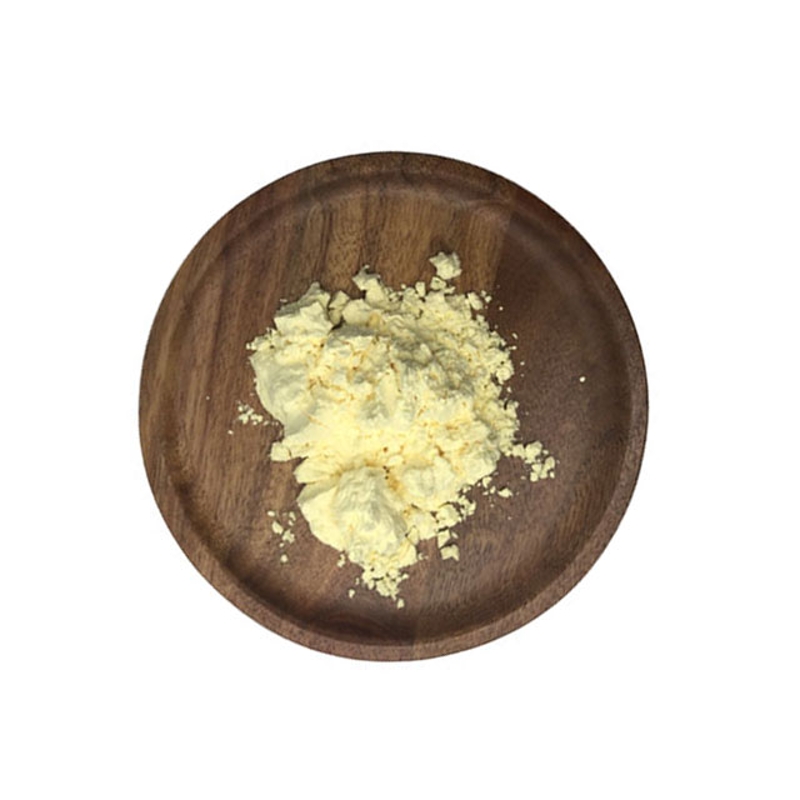Science Review: A New Way to Fight Viruses with Llamas Blood and Molecular Strong Glue
-
Last Update: 2020-05-28
-
Source: Internet
-
Author: User
Search more information of high quality chemicals, good prices and reliable suppliers, visit
www.echemi.com
May 24, 2020 /
Biovalley
BIOON /--For more than 20 years, researchers have been trying to design antibodies into new bacterial and viral infection therapies, with little successNow, a team of scientists has come up with a new method of sticking tiny antibodies in alpaca's blood together with abacteriapowerful glueConnected antibodies protect mice from two dangerous viruses, and they can subdue other pathogensJennifer Maynard, a protein engineer at the University of Texas at Austin,, said the new work has been able to "bypass many of the obstacles that have prevented previous attempts." I think it will be a very common technique that will be useful for infectious diseases and cancerImage Source: LAGUNA DESIGN SCIENCE SOURCE: LAGUNA DESIGN SOURCE
Antibodies can treat a range of diseases, including cancer andautoimmunediseasesA few engineering antibodies have been approved as a treatment for infection, but for several reasons it is difficult to produce effective antibodiesChanging the genes of cells to make antibodies can be tricky, and modified molecules may not be able to fold into the correct shapes to accomplish their tasksAnother possible option is a micro-antibody produced by immune cells of big alpaca, camels and sharks, about half the size of a standard antibodyThese small proteins are faster and cheaper than large ones, and they don't go wrong Paul Wichgers Schreur, a molecular biologist at the Vakhningen Institute of Biological Veterinary Medicine, and his colleagues wanted to know if the tiny antibody could protect the body from the Bunia virus The World Health Organization has warned that bunnia is a virus that could lead to future epidemics The researchers tested antibodies against both viruses Rift Valley fever virus mainly strikes livestock in Africa and the Middle East, but sometimes causes illness The Schmallenberg virus, discovered in Germany in 2011, does not cause human disease, but can lead to miscarriages and terrible birth defects in goats and sheep after injecting the two viruses with the llamas, scientists isolated immune cells that produce antibodies from the animals' blood They found that alpacas began to produce more than 70 small antibodies that could identify and attach to proteins of both viruses to determine the effectiveness of these microantibodies, the researchers then measured whether they could prevent the virus from invading monkey kidney cells in a petri dish Different kinds of antibodies have little effect, so the researchers tried to mix them At this point they began using bacteria powerful glue, which consists of protein fragments of two purulent streptococcus bacteria When different types of fragments meet, they are locked together If these fragments are connected to other molecules, they are also connected Using this powerful glue, the researchers were able to bind two or three llamas antibodies together to fight the virus Wichgers Schreur and his colleagues found that connecting antibodies is much better than individual antibodies in preventing the two viruses from entering the cells then, the scientists tested the super-stick antibody in mice that injected two lethal doses of the virus All untreated mice infected with Rift Valley fever died within 3 days, but more than 20 percent of the rodents who received three antibodies survived 10 days later The method also worked for the Schmallenberg virus: an antibody combination kept all mice alive, while the control group died within five days, the scientists report in the journal eLife Wichgers Schreur said the study showed that the small antibody approach was "possible and provides new opportunities for optimization." He said researchers also need to answer a few questions before they can consider testing the strategy in humans, such as whether they can produce a sufficient number of connected antibodies He added that this approach may be effective for other types of viruses, but it may not be ready in time to fight the coronavirus that is causing the current pandemic (BiovalleyBioon.com) References: 1
Biologists invent a new way to fight viruses with llama blood and molecular super glue 2 Mini-antibodies discovery in and camels can lead to drugs for cancer and diseases
3 complexes protect against bunyavirus infections
This article is an English version of an article which is originally in the Chinese language on echemi.com and is provided for information purposes only.
This website makes no representation or warranty of any kind, either expressed or implied, as to the accuracy, completeness ownership or reliability of
the article or any translations thereof. If you have any concerns or complaints relating to the article, please send an email, providing a detailed
description of the concern or complaint, to
service@echemi.com. A staff member will contact you within 5 working days. Once verified, infringing content
will be removed immediately.







